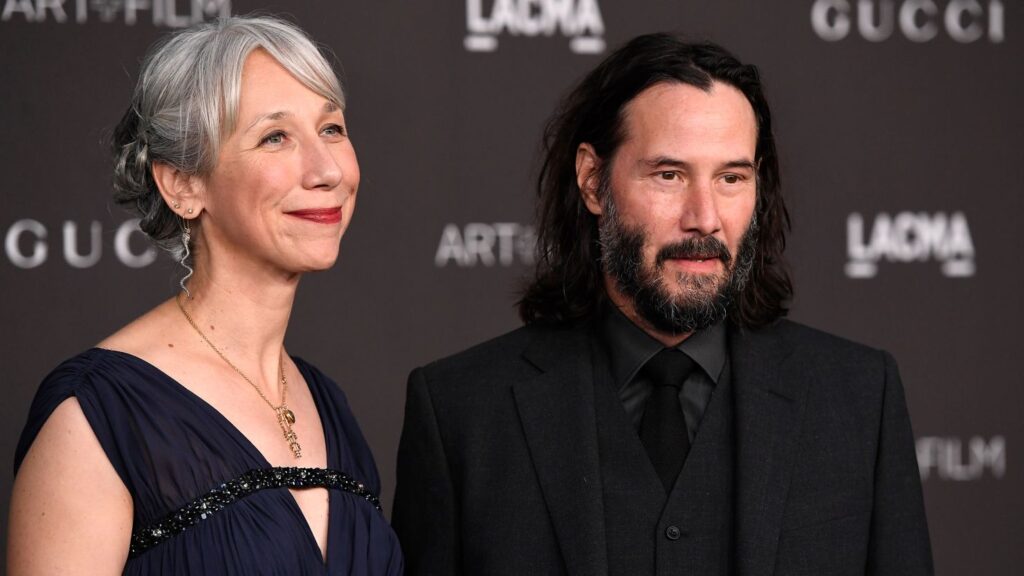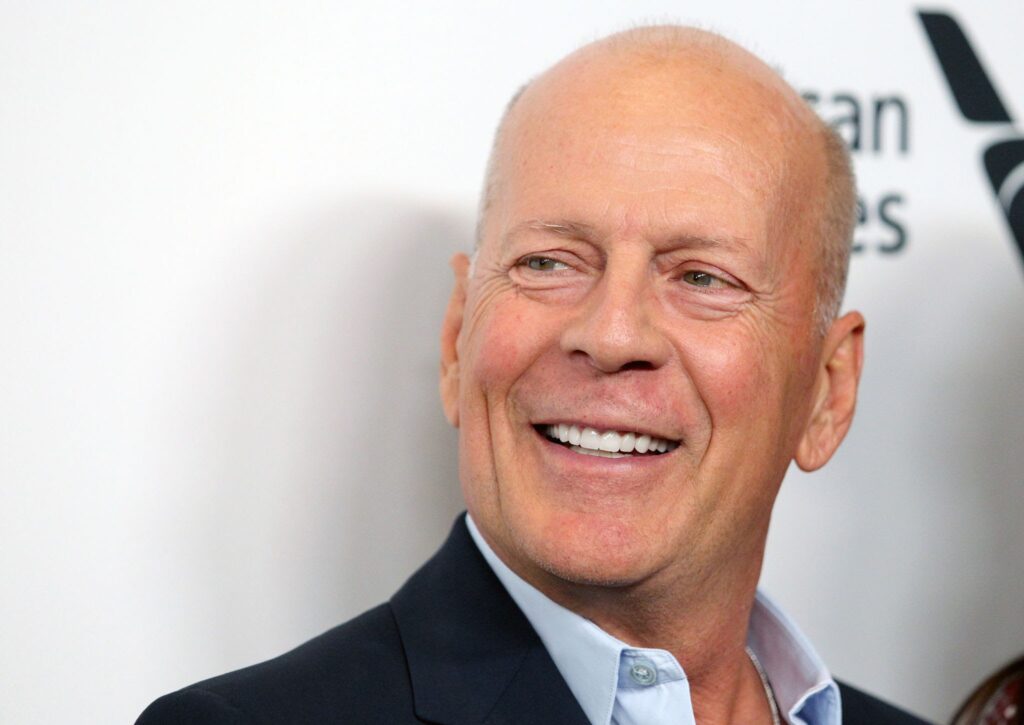Guru Dutt (1925–1964) was an Indian film director, producer, and actor known for his poetic storytelling, melancholic themes, and visually stunning cinematography. He is regarded as one of the greatest filmmakers in Indian cinema, often compared to international auteurs like Orson Welles and Akira Kurosawa.
Early Life
Guru Dutt was born as Vasanth Kumar Shivashankar Padukone on 9 July 1925 in Bangalore, British India. His family was originally from Karnataka but moved frequently. He spent part of his childhood in Kolkata, where he was influenced by Bengali culture and literature.
Career in Films
- Early Work: He began his career as a choreographer and assistant director in the 1940s. He got his first break in the film industry as an assistant to director Gyan Mukherjee at Prabhat Film Company.
- Acting & Directing Debut: His first film as a director was Baazi (1951), starring Dev Anand and Geeta Bali, which was a hit. It introduced his unique style of noir storytelling.
- Peak Years (1950s-60s): He made several critically acclaimed films, including:
- Pyaasa (1957) – A masterpiece about an unrecognized poet in a materialistic society.
- Kaagaz Ke Phool (1959) – A semi-autobiographical film that was initially a failure but later became a cult classic.
- Sahib Bibi Aur Ghulam (1962) – A tragic story about a feudal wife and her descent into alcoholism.
- Visual & Narrative Style: He pioneered techniques like dramatic lighting, close-up shots, and a deep focus on human emotions. His films often had melancholic and tragic themes.
Personal Life & Tragic End
Guru Dutt was married to singer Geeta Dutt, and they had three children. However, he faced personal turmoil, including marital issues and depression. On 10 October 1964, he died at the age of 39 due to an overdose of alcohol and sleeping pills, suspected to be a suicide.
Legacy
Despite a short career, Guru Dutt’s influence on Indian cinema is immense. His films are studied for their depth, artistic framing, and social commentary.



